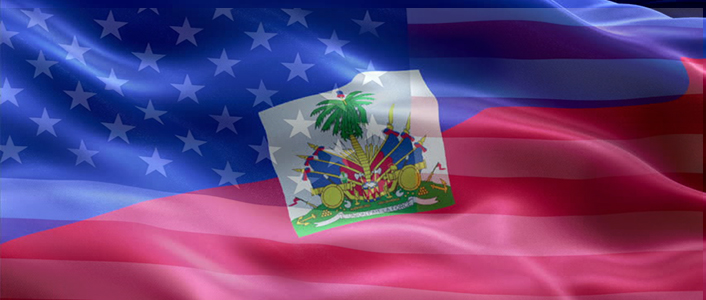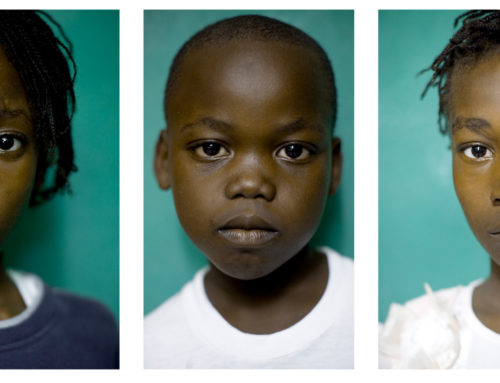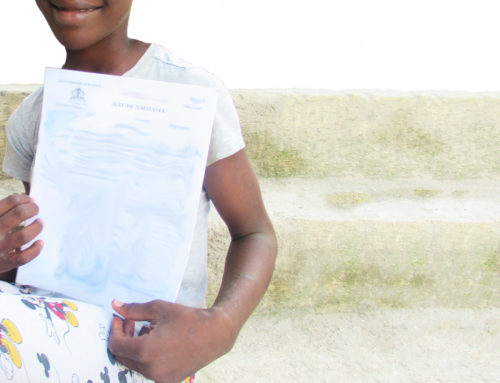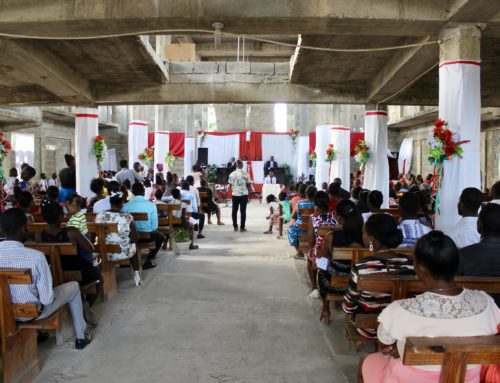
The differences between Haiti and the United States are vast: from the size (Haiti, with about 10.7 million residents compared to the United States’ 321 million, is about the size of Maryland) to the gross national income ($3.9 billion for Haiti vs. $9.78 trillion for the U.S.). But despite differences in language, culture, and resources, there are things that the United States shares in common with this island that is less than 800 miles away from us.
If you’re curious just how much we share, here are 5 similarities between Haiti and the United States!
1. Revolutionary History
Most Americans can tell you the basics about the American Revolution (especially if they’ve recently seen the play Hamilton). Taking place between 1765 and 1783, the American Revolution occurred when the 13 colonies revolted against King George III of Great Britain to earn their independence as a sovereign nation. Among other things, the revolution gave us the Declaration of Independence, the Constitution, and our first President, George Washington.
The Haitian Revolution followed shortly after. It was a successful slave uprising (lasting from 1791-1804) in the former French colony, Saint-Domingue, with the purpose of ending slavery, maintaining freedom, and establishing the sovereign state of Haiti. In fact, the Haitian Revolution is the only slave uprising that led to the formation of a sovereign state led entirely by former slaves.
2. Importance of religion
Haiti was colonized by Spanish and French, who brought with them Roman Catholicism. Officially, about 55% of Haitians identify as Roman Catholic, about 30% as Protestant, 5% as “other” (often Vodou) and 1% as having no religion (atheist or agnostic). These numbers might be a little misleading, though. Vodou and Roman Catholicism are both official religions of Haiti, although you don’t see Vodou listed above. Lynne Warberg, a photographer who has covered Haitian Vodou for decades, has said, “One common saying is that Haitians are 70% Catholic, 30% Protestant, and 100% Vodou.”
Although Vodou is not dominant in the United States as in Haiti, and though there is no official state religion, Christianity is still the dominant religious practice in the United States, and the vast majority of residents claim some religious affiliation. About 50% of Americans identify as Protestant and 23% as Catholic; altogether (including practitioners of Mormonism, Judaism, Islam, and more) about 82.5% of Americans have some religious affiliation.
3. We’re Affiliated With Christopher Columbus
Despite popular lore, it’s a little misleading to say that Christopher Columbus discovered America or Haiti. Both the United States as we know it, and the islands in the Caribbean where Columbus landed, had native populations living there when Christopher Columbus landed on their shores (in 1492), and of course, Columbus thought he had reached “the Indies.” Either way, Christopher Columbus is in our shared history!
4. Artistic Culture
It would be impossible to detail the myriad ways artistic expression exists in Haiti: its unique blend of French, Spanish, and African influences is seen in its paintings, sculptures, music, dance, cuisine, literature, and its infamous architecture. In the same way that it would be difficult to characterize the blended artistic cultural scene in the United States (think about how many genres fall under music alone!), it’s difficult to pigeon-hole Haitian art. But both countries have a rich history of artistic expression.
5. History of Slavery
One tragic thing the countries share is the horrific history of slavery. For the United States, the practice of slavery in the 18th and 19th centuries is the darkest, most shameful mark on its history, and effects from the practice lingered long after it was abolished by the 13th Amendment in 1865.
Haiti also has a history of slavery: it has existed on the island since Christopher Columbus’ arrival. Like in the United States, the majority of slaves brought to Haiti were African-born. And even though the Haitian Revolution resulted in a successful slave uprising, the effects of slavery lingered. Haitian leaders utilized forced labor following the revolution, and even today, slavery in Haiti exists in the form of children living in restavek.
It’s our mission to change that. Everything that Restavek Freedom does is with the mission to end child slavery in Haiti completely. Through policy, health care, and community relations, we work on influencing the economics and cultural norms, working toward a restavek-free tomorrow. The most important thing that you can do is stay informed and get involved.









